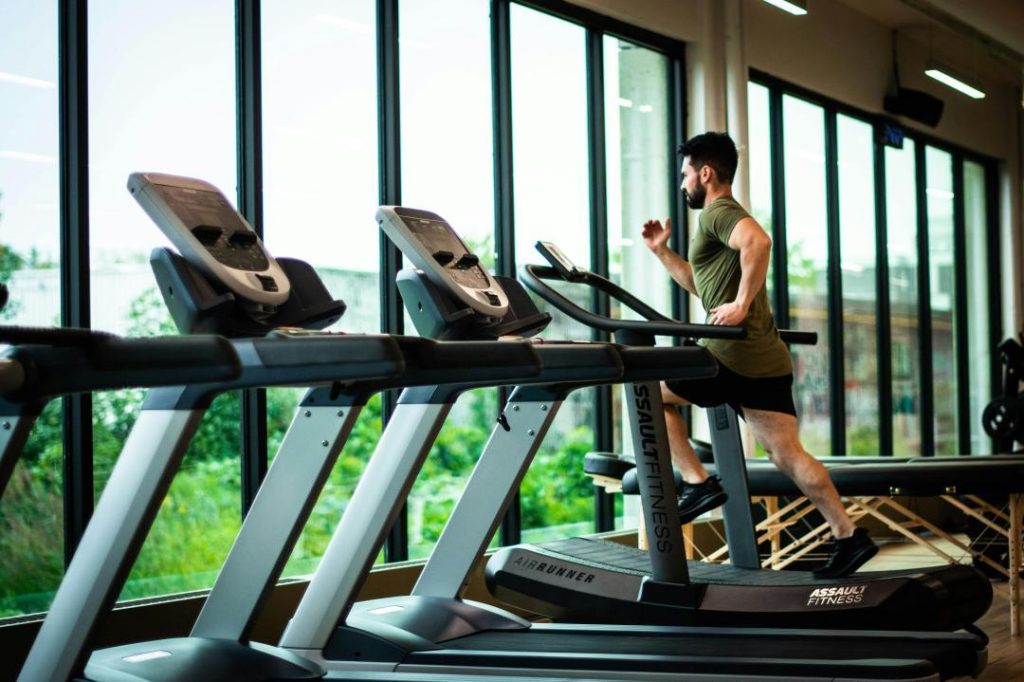
HIIT Boosts Stamina, Mood in Elderly Population: Study
As we age, it’s common to experience a decline in physical abilities, such as reduced stamina, decreased heart health, and a loss of mobility. However, a new study published in BMC Sports Science, Medicine and Rehabilitation has found that high-intensity interval training (HIIT) can greatly improve these aspects in older adults.
The study, which involved 45 adults aged 65-75, found that HIIT not only improved physical health but also boosted mood and overall quality of life. The results are significant, indicating that HIIT can be a powerful, efficient option for healthy aging and staying active later in life.
What is HIIT?
For those who may be unfamiliar, HIIT is a type of workout that involves short bursts of high-intensity exercise followed by brief periods of rest or low-intensity exercise. This type of training has gained popularity in recent years due to its ability to improve cardiovascular health, increase caloric burn, and enhance muscle strength and endurance.
In the context of this study, HIIT consisted of 30 seconds of high-intensity exercise followed by 30 seconds of rest. This cycle was repeated for a total of 20 minutes, three times a week. The exercises included squats, lunges, and jumping jacks, which are all low-impact and suitable for older adults.
The Benefits of HIIT for Older Adults
The study found that participants who completed the HIIT program experienced significant improvements in their physical health, including:
- Improved stamina: Participants were able to walk faster and cover longer distances after completing the HIIT program.
- Enhanced heart health: HIIT was found to lower blood pressure and improve cardiovascular function in older adults.
- Increased mobility: Participants experienced improved balance and reduced risk of falls after completing the program.
In addition to the physical benefits, the study also found that HIIT had a positive impact on participants’ mood and overall quality of life. Participants reported improved mental well-being, reduced stress, and increased feelings of happiness and confidence.
Why HIIT is an Effective Option for Older Adults
HIIT is an effective option for older adults for several reasons:
- Low-impact: HIIT is a low-impact form of exercise, which makes it suitable for older adults who may be at risk of injury or have mobility issues.
- Time-efficient: HIIT workouts are typically shorter than traditional workouts, making them a great option for older adults who may have limited time or energy.
- Improves functional ability: HIIT improves functional ability, such as walking, balance, and mobility, which are essential for independent living.
- Brain benefits: HIIT has been shown to improve cognitive function and reduce the risk of age-related cognitive decline.
How to Get Started with HIIT
If you’re an older adult looking to incorporate HIIT into your fitness routine, here are a few tips to get you started:
- Consult with a healthcare professional: Before starting any new exercise program, it’s essential to consult with a healthcare professional to ensure that HIIT is safe and suitable for you.
- Start slow: Begin with shorter HIIT workouts and gradually increase the duration and intensity as you become more comfortable.
- Find a workout buddy: Having a workout buddy can help keep you motivated and accountable.
- Mix it up: Try different types of HIIT workouts, such as swimming, cycling, or strength training, to keep things interesting and prevent boredom.
Conclusion
The study’s findings are significant, indicating that HIIT can be a powerful, efficient option for healthy aging and staying active later in life. By incorporating HIIT into their fitness routine, older adults can improve their physical health, boost their mood, and enhance their overall quality of life.
As we age, it’s essential to prioritize our physical and mental health. HIIT is a great way to do just that, and with proper guidance, it can be a safe and effective option for older adults.
Source:
https://thepfc.club/blogs/news/can-high-intensity-interval-training-help-older-adults-stay-healthy






